Advertisement
Microsoft and Nvidia have formed a powerful AI supercomputing alliance to transform cloud-based artificial intelligence. This collaboration combines Nvidia’s cutting-edge GPUs and AI software with the scalable capabilities of Microsoft Azure. The goal is to deliver an advanced infrastructure for developing and deploying large-scale AI models. Innovations in robotics, generative AI, and healthcare are just a few sectors in which this AI supercomputing system is expected to advance.
This partnership provides a scalable, cloud-native platform to meet the growing demand for secure and efficient AI solutions. Improved performance and broader accessibility from this collaboration could accelerate enterprise AI adoption. The convergence of massive data processing and next-generation computing marks a fundamental shift in AI capabilities. Understanding the Microsoft–Nvidia AI supercomputer collaboration offers insight into the future direction of AI development.
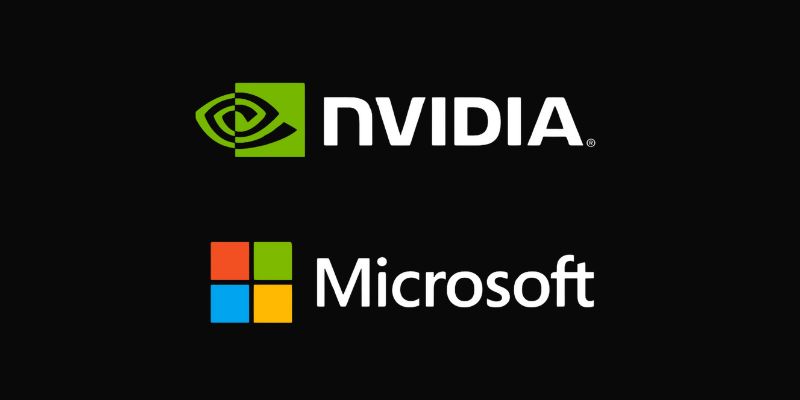
This partnership goes beyond a typical commercial agreement. It represents an ambitious strategy to lead the AI industry. Microsoft contributes its global Azure cloud platform, while Nvidia provides AI-optimized software frameworks and high-performance hardware. Together, they deliver an AI supercomputer with unparalleled capacity and speed. Today’s companies require greater computational power to run advanced AI tools, and advanced infrastructure is essential to support increasingly complex AI models. This collaboration directly addresses these demanding performance requirements.
Users benefit from enhanced capabilities powered by Nvidia’s H100 Tensor Core GPUs and Azure’s scalable architecture. Microsoft integrates Nvidia’s software stack into its AI offerings, improving developer productivity across various AI workloads. The partnership aims to reduce training times and latency. Their shared vision supports foundational and generative AI models running in the cloud. Both companies aim to simplify how businesses adopt AI technologies. Faster test execution and access to prebuilt models enable developers to set new benchmarks for future-ready AI infrastructure using the Microsoft–Nvidia AI supercomputer.
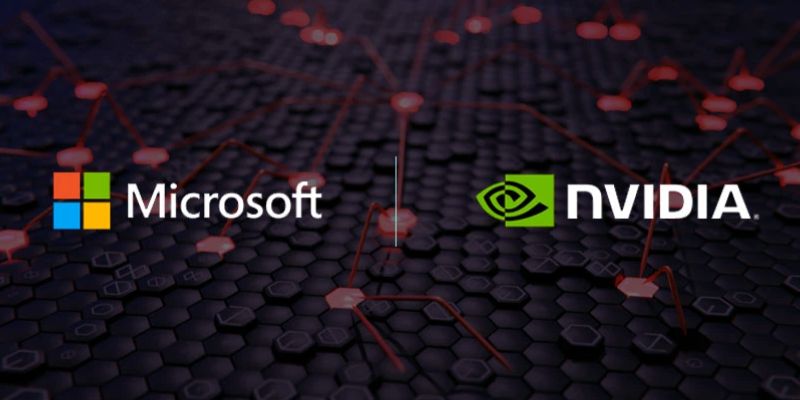
Innovation in artificial intelligence requires a scalable and robust infrastructure. In this regard, the Microsoft–Nvidia AI supercomputer delivers exceptional performance. It provides elastic computing resources optimized for large-scale, real-time workloads. With this cooperation, cloud-based artificial intelligence infrastructure gains more adaptability. Local servers are not necessary for users to create strong models anymore. Azure allows them the adaptability to expand and shrink resources. GPUs from Nvidia provide effective parallel computing on a scaled-down basis. The system is tuned for deep learning chores and transformer-based models. All around, latency is lowered, and throughput is raised.
Microsoft’s data center security helps ensure data integrity and regulatory compliance. Nvidia’s software libraries, such as NeMo and Triton Inference Server, enhance compatibility. These tools help artificial intelligence teams streamline deployment and integration. Additionally, Microsoft and Nvidia emphasize energy efficiency. For the same performance, the infrastructure uses fewer resources. Infrastructure like this guarantees sustainability when artificial intelligence goes mainstream. Companies move quickly without compromising dependability or environmental aims.
Generative artificial intelligence and large language models require exceptional computational power for training. The Microsoft–Nvidia AI supercomputer plays a critical role in this context. It enables creators of complex artificial intelligence models to create pipelines of development. For big models, training times might drop dramatically. From the cloud, developers access thousands of GPUs. Shortening project times and boosting production, parallel computing helps Microsoft Azure offer strong storage and data orchestrating capability.
Nvidia enhances the supercomputer’s performance through adaptive architecture and precision computing techniques. The supercomputer supports various applications: medication development, autonomous systems, climate modeling, and tailored search. The presented tools and platforms are easy to use. The developer needs no specific hardware configuration. It reduces the entrance barrier and accelerates creativity. All things considered, the method speeds up developments in responsible artificial intelligence.
Scaling artificial intelligence adoption presents challenges for organizations across diverse industries. Often, shortages in infrastructure and skilled personnel impede progress. The Microsoft Nvidia AI supercomputer solves both problems. It provides pre-integrated solutions meant for the worldwide adoption of enterprise artificial intelligence. Companies can use artificial intelligence without facing as much technological difficulty. Managed services from Microsoft help to scale and preserve workloads. With AI SDKs and tuned drivers, Nvidia improves performance. Companies nowadays use AI tools with lower entrance fees. Artificial intelligence has become feasible for both big businesses and startups.
Key sectors—finance, industry, and healthcare—can leverage artificial intelligence to make more informed decisions. Faster model inference enhances customer service and personalizing ability. The system permits safe data sharing between several departments. The adoption of artificial intelligence goes beyond teams in data science to every staff member. It promotes sensible use through privacy, fairness, and openness mechanisms. Smaller economies benefit as much from worldwide platform access. Businesses no longer have to create from scratch systems. The Microsoft Nvidia AI supercomputer accelerates artificial intelligence innovation anywhere.
This partnership will have a significant long-term impact. It signals a shift toward collaborative AI ecosystems. Microsoft and Nvidia aim to democratize access to AI infrastructure. The open form of the platform promotes community participation. Developers may more readily create and distribute artificial intelligence systems. Startups have access to the same instruments as bigger companies. Governments can run trustworthy cloud-based high-performance simulations. Educational institutions can teach students enterprise-grade systems.
The Microsoft Nvidia artificial intelligence supercomputer transcends mere tool value. It turns into a worldwide engine driving artificial intelligence forward. Furthermore, this collaboration boosts competitiveness in the AI race. It may inspire other companies to form similar strategic partnerships. It has a knock-on effect across the ecology. More innovation guarantees consumers better goods and services. Furthermore, there are expanding opportunities in AI ethics and control. Power raises responsibility as well as it rises. Transparency in this cooperation could motivate a fresh benchmark in ethical artificial intelligence.
The partnership between Microsoft and Nvidia on their AI supercomputer marks a turning point in artificial intelligence development. Today, companies have easier access to high-performance AI technologies. In addition to supporting responsible AI deployment, this partnership fosters the development of powerful AI models. Globally, this strategic collaboration benefits numerous industries. Reliance on such alliances will grow as demand for AI increases. This landmark partnership will help shape the future of cloud-based AI infrastructure. Microsoft–Nvidia AI supercomputer technologies will redefine the next generation of AI computing.
Advertisement

What happens when AI isn't just helping—but taking over? Amazon CEO Andy Jassy says it's already replacing jobs across operations. Here's what it means for workers and the wider industry

Can machines truly think like us? Discover how Artificial General Intelligence aims to go beyond narrow AI to learn, reason, and adapt like a human

Discover how an AI platform is transforming newborn eye screening by improving accuracy, reducing costs, and saving live
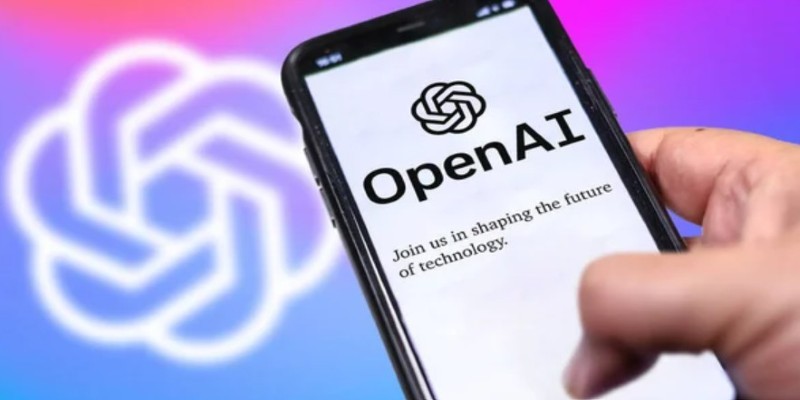
The ChatGPT iOS App now includes a 'Continue' button that makes it easier to resume incomplete responses, enhancing the flow of user interactions. Discover how this update improves daily usage
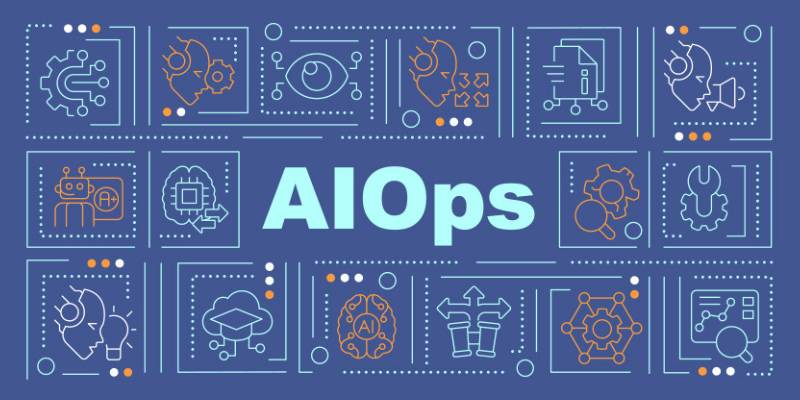
Discover how observability and AIOps transform IT operations with real-time insights, automation, and smart analytics.
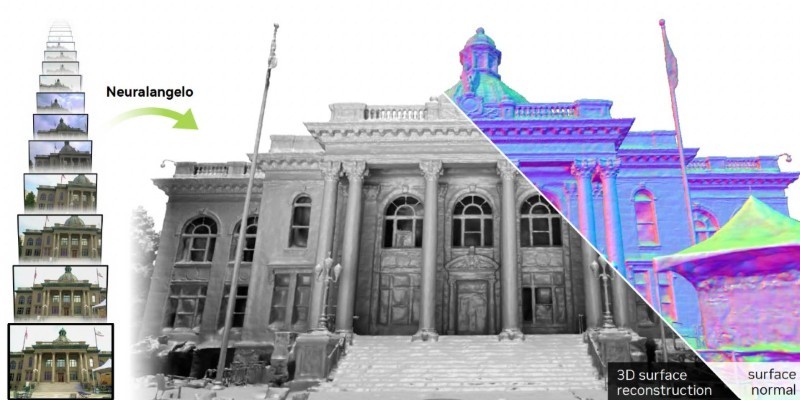
How NVIDIA’s Neuralangelo is redefining 3D video reconstruction by converting ordinary 2D videos into detailed, interactive 3D models using advanced AI

Compare AI, ML, DL, and Generative AI to understand their differences and applications in technology today

Not sure how to trust a language model? Learn how to evaluate LLMs for accuracy, reasoning, and task performance—without falling for the hype
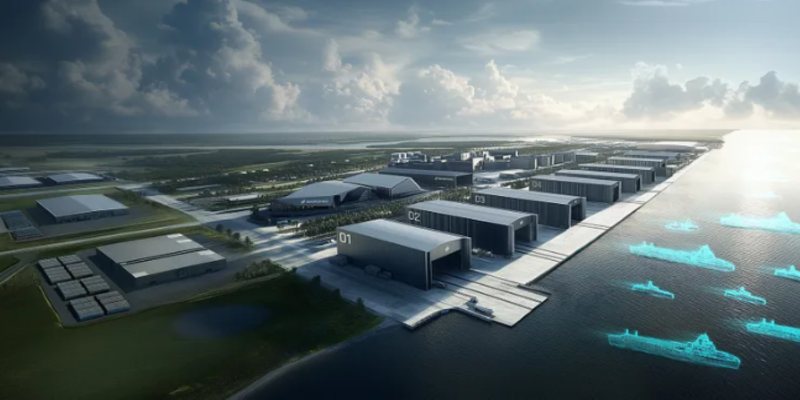
Can $600 million change the self-driving game? This AI freight company isn’t chasing hype—it’s delivering real-world results. Here's why the industry is paying close attention
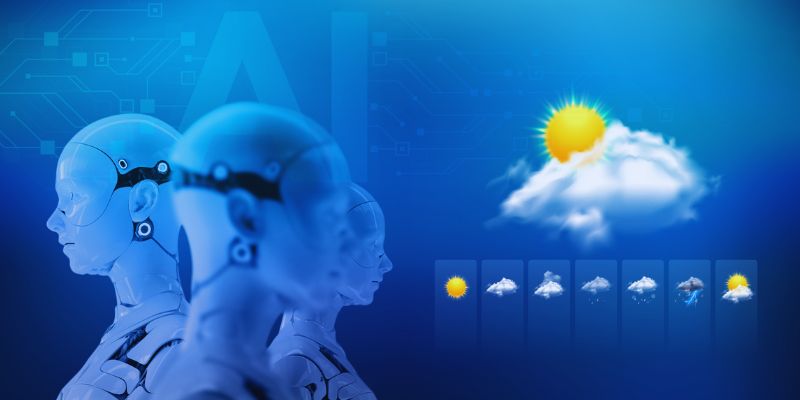
Discover how AI in weather prediction boosts planning, safety, and decision-making across energy, farming, and disaster response

Explore ChatGPT's 2025 memory updates: how it works, benefits, control options, and privacy insight
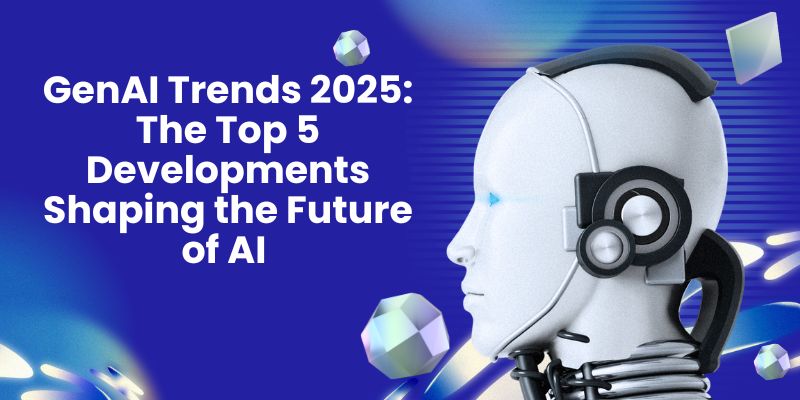
Learn about the top 5 GenAI trends in 2025 that are reshaping technology, fostering innovation, and changing entire industries.